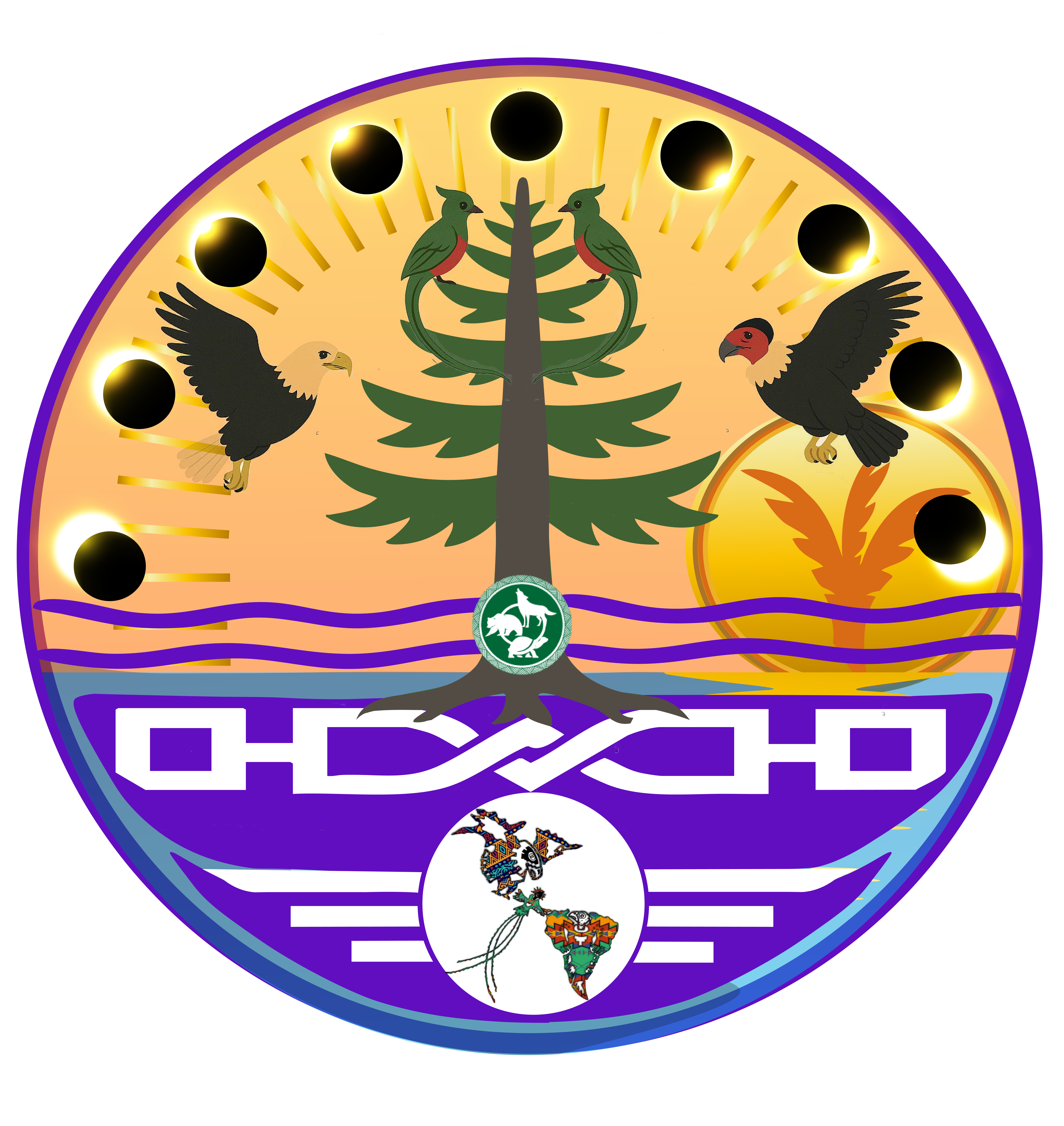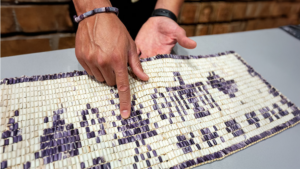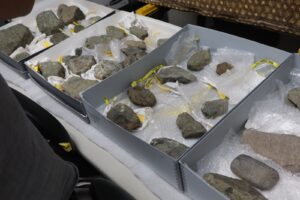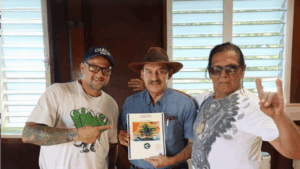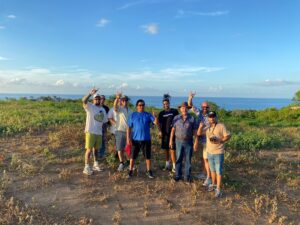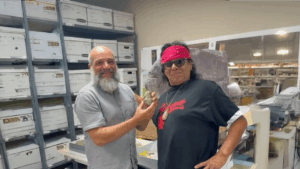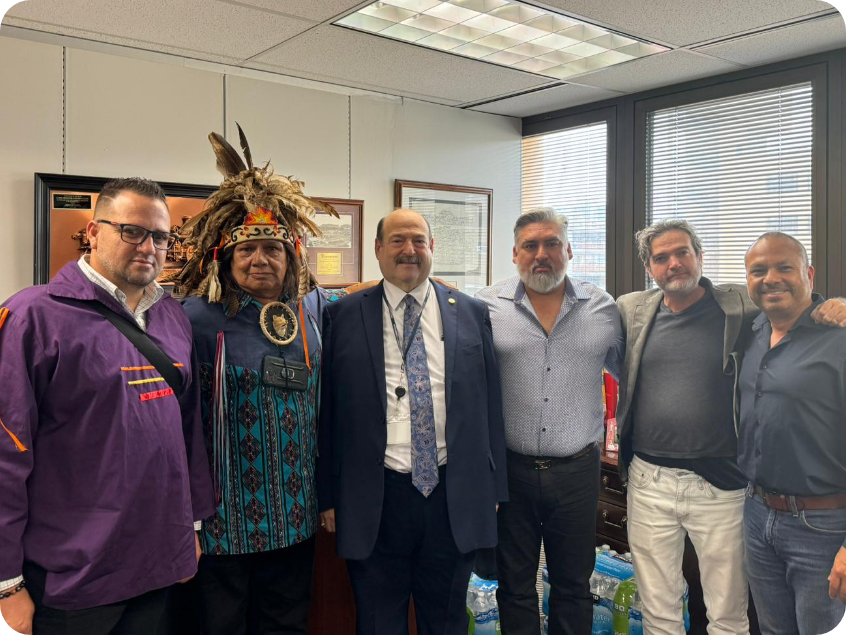In 1710, the four chiefs of the Iroquois Confederacy, Rotino’shonni, made a historic visit to Queen Anne’s Court in London with the goal of signing peace treaties with the 13 European monarchies. This meeting marked the first International Conference on World Peace, convened by the indigenous leaders to spread their message of peace, similar to the existing treaties on Great Turtle Island. During this meeting, each monarch was given a Guswentha Belt, or two-row Wampum, as a symbol of this agreement. Among the recipients of this significant symbol was Peter the Great of Russia.
Recently, this treaty belt was rediscovered in a museum in St. Petersburg, Russia, which has rekindled the historical significance of this alliance. Unlike many European nations, Russia never violated this treaty, largely because it was never part of the Vatican, which organized genocides against indigenous peoples during the 16th century. The Vatican, through the Jesuits, perpetrated massacres in the name of the Roman Empire, wiping out more than 150 million indigenous people in the Americas. However, Russia opposed this genocide, respecting the peace treaty signed with the Iroquois leaders.
In the 20th century, Nicholas II of Russia created the Permanent Court of Arbitration in 1899, with the intention of promoting world peace and avoiding war. Unfortunately, in 1917, the Romanov family was killed, victims of the intrigues of European banking families during World War I.
Today, the Mohawks see this rediscovery as an opportunity to renew and strengthen the peace alliance with Russia, represented by the Guswentha Belt. In this context, the Mohawks plan to bring the Vatican and its corporate banking structures before the Permanent Court of Arbitration, accusing them of genocide. This movement seeks to dismantle the military power of the Vatican and restore world peace, continuing the legacy of the treaties signed in 1710.
This rediscovery not only rekindles the memory of a historic peace alliance, but also symbolizes the resilience and perseverance of indigenous peoples in their struggle for justice and global reconciliation.
